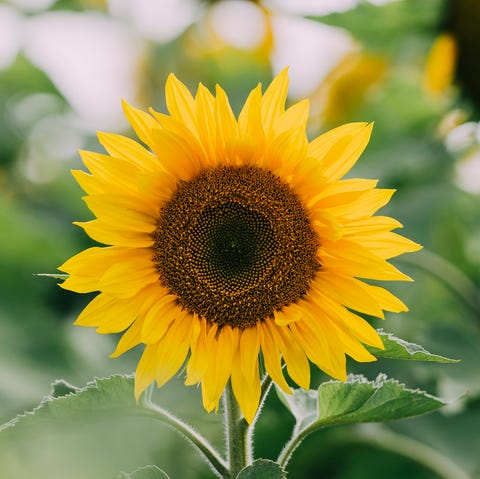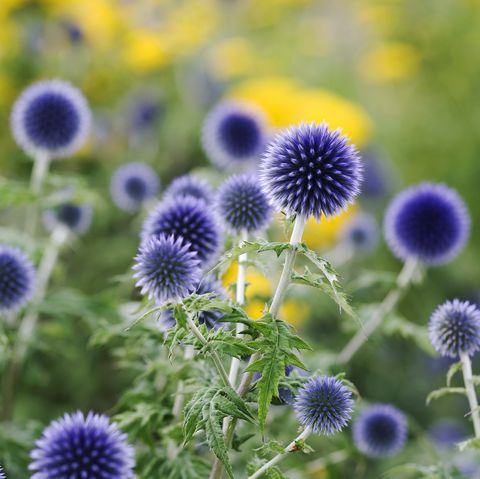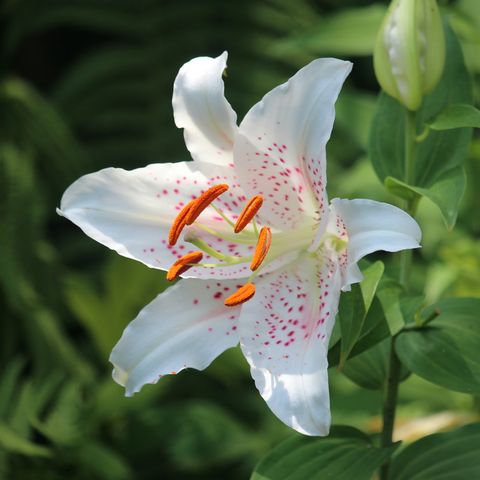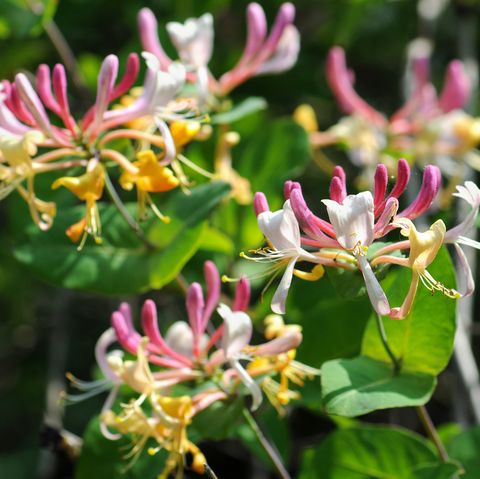
Steve MidgleyGetty Images
Spring is on the horizon which means keen gardeners will soon be drawn back outside to prepare for the warmer weather – and that includes planting for wildlife.
February is a key month for garden prep, which is why the gardeners and bird feeding experts at Vine House Farm have put together their list of the best plants to ensure that your green space is a haven for wildlife, especially birds, over the warmer months.
With their very own sunflower farm, the team at Vine House Farm assist wildlife all year round and want to support others who plan to do the same in their own back gardens.
‘Though we’ve included which garden birds are typically attracted to the plants below, it’s essential to do your research on your local area and find out which birds are commonly seen nearby before you decide which plants to purchase for your garden this spring,’ says Nicholas Watts, owner of Vine House Farm.
Sunflowers
Not only are sunflower seeds and their seedheads a great natural source of food for birds like chaffinches, blue tits and great tits, growing sunflowers inside over the colder months allows them to develop some structure before they are moved outside in the warmer months to be planted.
Globe thistle
February is an ideal time to plant globe thistles. You can also sow them in March and April if you’re planning on growing them from seed. These beautiful flowers attract insects which in turn allow birds to feast on them throughout the summer months, while the seed heads that follow, will attract finches later in the year.
Rowan
‘The best time to plant bare root rowan trees is between November and March, meaning they can be planted in February if you want to add more fruiting trees to your garden,’ Nicholas explains. ‘The fruit also attracts waxwings, redwings and thrushes when it appears in late spring.’ And if you don’t want the tree to grow too large, you can always plant it in a pot instead of the ground.
Blackthorn
Another great option if you’re hoping to attract thrushes and waxwings, are blackthorn trees. They produce berries when they bloom (useful for more than just flavouring gin), and their leaves provide habitat for birds. Once blooming in March and April, this plant attracts insects to feed birds, and their berries in autumn give birds a much needed energy boost when the weather gets inevitably colder.
Lilies
If you’re looking forward to having beautiful blooming flowers in your garden this summer, make sure to plant your lily bulbs in February to achieve exactly that. ‘These blooms are highly attractive to pollinators which provide food for birds,’ says Nicholas. There are also thousands of lily variations for you to choose from, so you can find flowers that will match your garden.
Geraniums
Geraniums are one of the hardiest plants and planting them in late winter actually means they will have a better chance of establishing well and blooming come late spring. Because they last a long time throughout the year, they provide ample opportunities for wildlife to visit, including pollinators and the animals that feed on them.
Honeysuckle
Even though honeysuckle can be planted at any time throughout the year, planting these climbing vines in February often leads to the best results, according to the experts. Loved by robins, song thrushes and blackbirds, not only is honeysuckle a sweet-smelling flower, but its fruit ripens in late August, ensuring your garden is a wildlife haven throughout the year.
Holly and hawthorn
These bushes can also be planted most of the year and are great if you’re looking to add more food sources for birds to your garden. The berries they provide can remain on the branches until as late as April, which is especially helpful for blackbirds and thrushes who are looking to regain their energy in the cold weather.
Follow House Beautiful on TikTok and Instagram.
















